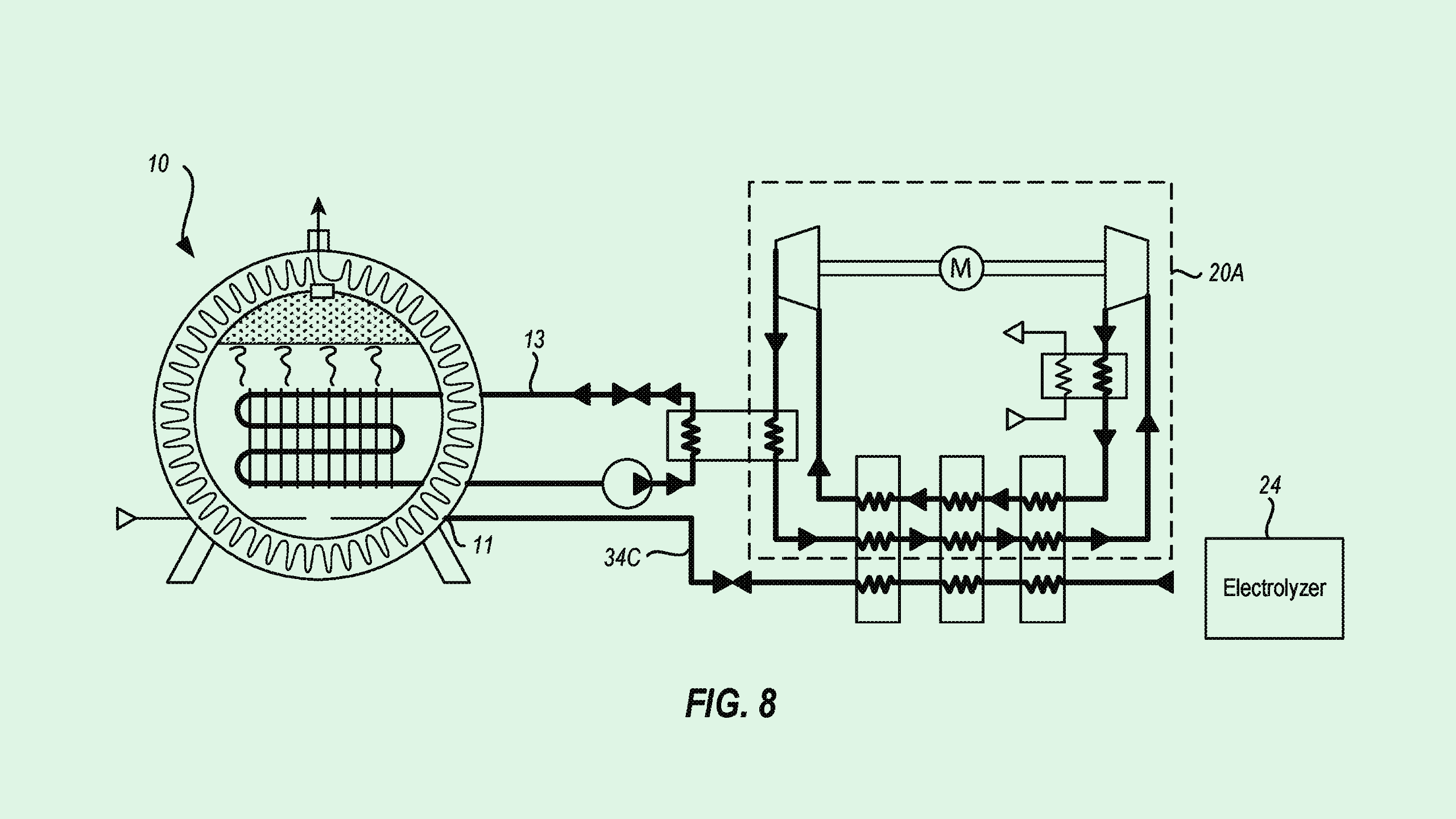Microsoft May Turn to Cryogenic Energy to Power Data Centers
Microsoft’s latest patent may keep its data centers cool and its energy even cooler.

Sign up to uncover the latest in emerging technology.
Cryogenics may be a big part of the future of green energy – at least, according to Microsoft.
The company is seeking to patent “grid-interactive cryogenic energy storage” systems. Microsoft’s filing details a method to properly store cryogens, or substances that have been cooled to extremely low temperatures, in order to use them as an energy source, rather than relying on traditional grid power.
Microsoft noted that this tech could be used for data centers or other power-intensive operations that typically rely on high-polluting diesel generators as a backup power supply when grid power isn’t sufficient. Grid power itself is also unreliable in extreme weather, Microsoft noted.
“The power footprint of data centers has steadily increased, driven by growing demand in computational resources and processes,” Microsoft said.
Cryogenic substances need to be stored at low temperatures or high pressures to maintain energy density. In order to use cryogens as energy, a gas is first cooled to the point of liquefaction, then heated back up to the point where it expands into gas again. Microsoft’s system includes four operational modes controlling when this process happens: a cooling mode, a passive storage mode, a fuel cell backup mode, and a liquefaction mode.
Microsoft’s system kicks in when an “operational cost metric” passes a certain threshold, which weighs factors like available grid energy, types of energy available (like solar, wind, etc.), how much energy the data center needs, and the cost of the cryogen itself.
The patent proposes a system to store cryogenic energy without tons of “boil-off losses,” or losses in liquid cryogen caused by evaporation, using a “subcooling loop” that essentially keeps the substance freezing cold. Preventing this waste helps make the process greener, as “generating liquid cryogen is costly, both in terms of the carbon footprint and power consumption,” Microsoft said.
Microsoft has ambitious climate goals, aiming to go carbon-negative by 2030 and remove the equivalent of its historical emissions by 2050. The company also has a $1 billion investment initiative called the Climate Innovation Fund, which aims to accelerate climate tech development. The company is also looking at nuclear power to fuel its massive AI growth.
A good way to reach those goals is to lower the carbon footprint of its data centers, said Dr. Dan Stein, founder and director of climate giving consultancy Giving Green. Data centers take up tons of energy to keep running continuously, consuming around 1,000 kWh per square meter, or 10 times that of the average American home.
“A big part of its emissions footprint are its data centers – they need energy and cooling,” Stein said. “The issue is that a lot of renewable sources are only available at certain times of the day. They have access to renewable power from wind and solar, but the issue is they need power all the time to run the data centers.”
While this tech could help Microsoft in its climate goals, there’s a business benefit to making its data centers greener, too, Stein noted. Green energy data centers could help the company’s Cloud clients lower their own Scope Three emissions. And since Google has its own 24/7 carbon-free energy strategy, Microsoft may be looking to keep up.
“You could see some interesting competition among the cloud providers in helping people reduce their scope three emissions,” said Stein. “I’m sure that’s part of the business plan.”
A previous Microsoft patent filing also indicated that cryogenics may be a part of its plan to reach carbon-negative. But using this concept for green energy storage may be a bit outlandish, said Stein, as typically, battery technology would be used in that scenario. “The idea that Microsoft wants (energy) storage is very obvious,” he said. “The idea that this super weird storage method could be what they really use – That’s a little surprising.”











